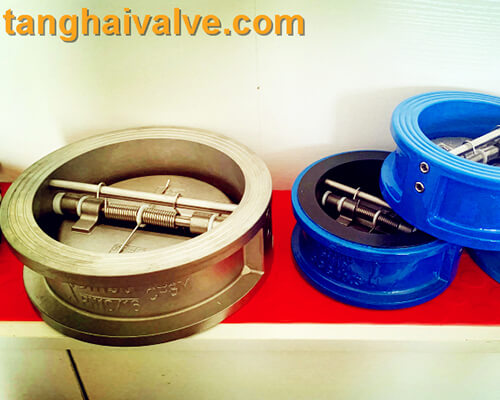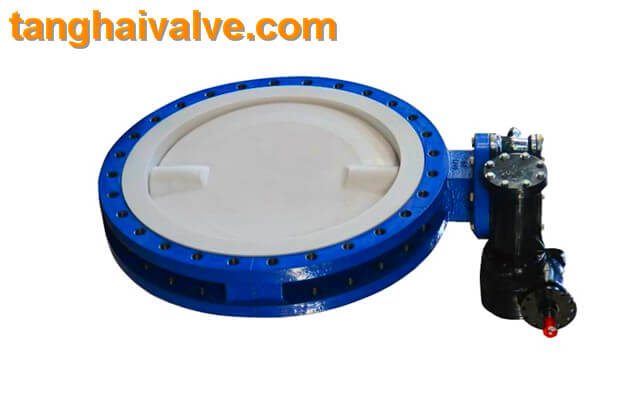Description of lining material for rubber lining valve
Overview of rubber-lined valves:
Rubber-lined valve (lined valve) is a valve suitable for pipelines containing corrosive media and high sealing requirements. Generally, the applicable temperature should not be too high, and it is not suitable for use in media

double-wing-check-valve-3
containing particles to avoid scratches. Scratches or scratches the sealing surface, causing the valve to leak. Rubber-lined valve is a kind of plastic product produced by the chemical reaction of many chemical substances. The main materials are: soft rubber, hard rubber, butyl rubber, natural rubber, EPDM rubber, fluorine rubber, Lining silicone rubber, etc., its main working purposes are: diversion, adjustment, throttling, cut-off, check, diversion, overflow, etc., which means that as long as it is a general fluid valve, it can be controlled.
The main lining materials of rubber-lined valves:
【Neoprene, Code CR】
Applicable temperature: -10℃~105℃ Animal oil, vegetable oil, inorganic lubricating oil and corrosive slurries with a wide range of pH value, good wear resistance.
【Soft Rubber Code BR】
Applicable temperature: -10℃~85℃
Applicable medium: good wear resistance. Mainly used for sulfuric acid below 50%, sodium hydroxide, potassium hydroxide, neutral salt bath solution and ammonia solution, cement, clay, cinder ash, granular fertilizer and solid fluids with strong abrasiveness, and thick viscous liquids of various concentrations Wait. _
【Butyl Rubber Code IIR】 Applicable temperature: -10℃~120℃
Applicable medium: corrosion resistance and wear resistance. Can withstand most organic acids, alkalis and hydroxide compounds, inorganic salts and inorganic acid element gases, alcohols, aldehydes, ethers, ketones, esters, etc., ≤30% sulfuric acid, phosphoric acid, hydrofluoric acid, animal oil , Vegetable oil, caustic alkali and a variety of lipids. _
【Hard Rubber Code NR】 Applicable temperature: -10℃~85℃
Applicable medium: hydrochloric acid, fluorosilicic acid, formic acid and phenolic acid, hydrochloric acid, 30% sulfuric acid, 50% hydrofluoric acid, except strong oxidants (such as organic solvents such as acid, chromic acid, concentrated sulfuric acid and hydrogen peroxide) Acid, 80% phosphoric acid, alkali, salt, metal plating solution, sodium hydroxide, potassium hydroxide, neutral salt solution, 10% sodium hypochlorite, wet chlorine, ammonia, most alcohols, organic acids and aldehydes, etc.




 © Copyright 2020 Tianjin Tanghaidongyang Valve Co., Ltd. All Rights Reserved.
© Copyright 2020 Tianjin Tanghaidongyang Valve Co., Ltd. All Rights Reserved.